-
Posted On Monday, June 14, 2021 by Vince Antoine
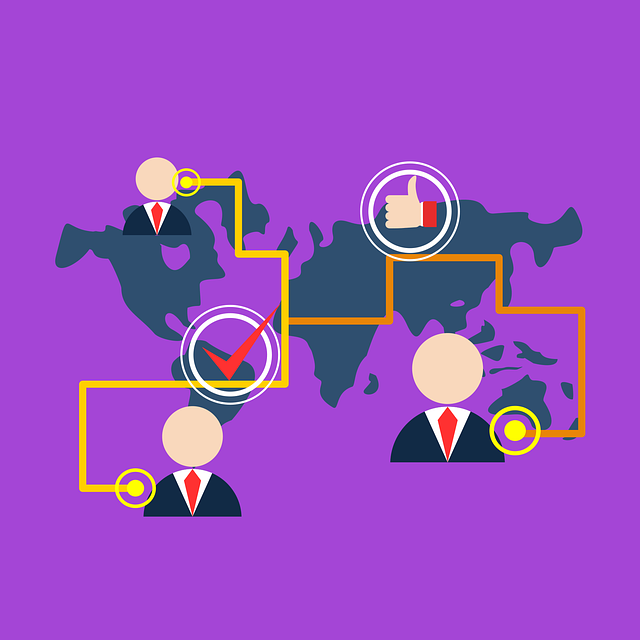
What type of data does your B2B company use in its sales operations? B2B data comes in several different forms. There's static B2B data, for instance, and there's dynamic B2B data. While using a data-driven sales process can lead to greater success, you must choose the right type of data. Harvesting or otherwise procuring the right type of data will allow you to target the right prospects at the right time -- and while generating more sales. For a better understanding of static and dynamic B2B data, keep reading.
What Is Static B2B Data?
Static B2B data consists of any prospect- or business-related data that doesn't change. Most B2B companies, of course, don't immediately use data after harvesting it. Rather, they add it to a database while gradually including it in their sales process over time. Static is a classification of data that's characterized by an unchanging format. From the time when you harvest it to when you use it, static B2B data will remain the same.
Whether a static record is one-day old or over a year old, it won't change. Static records are permanent and, thus, don't change automatically. To change a static record, you'll have to manually edit or update it. All static records require manually editing or updating.
What Is Dynamic B2B Data?
Dynamic B2B data, on the other hand, consists of any prospect- or business-related data that does change. In other words, it updates automatically to ensure accuracy. A record for a prospect or business might be accurate when you initially harvest it. Over time, though, it may become inaccurate. With dynamic B2B data, this isn't a concern. Dynamic B2B data changes automatically so that it's always accurate and up to date.
Unlike with static records, dynamic records update automatically. You won't need to update them manually. If you have a set of dynamic records, they'll update automatically when a change occurs. This nuance makes them a popular alternative to static records. Many B2B companies prefer dynamic records over static records because of their ability to update automatically.
Differences Between Static and Dynamic B2B Data
Both static and dynamic B2B data consist of similar types of information. Names, addresses, phone numbers and email addresses, for example, are common types of static and dynamic B2B data. Business-specific information like company size and budget are also types of static and dynamic B2B data. The difference between these two types of data is that static doesn't change, whereas dynamic B2B data does change.
Benefits of Using Static B2B Data
While many B2B companies now use dynamic B2B data, there are benefits associated with static B2B data as well. The main benefit of using static B2B data is its ease of acquisition. You can acquire static B2B data more easily than dynamic B2B data. Using the internet, for example, you can research prospects and the businesses for which they work. By scouring websites and LinkedIn Company Pages, you can create records consisting of static B2B data. You can then use these records to target prospects with sales messages.
Dynamic B2B data is more difficult to acquire. You can't just manually harvest it by navigating websites and LinkedIn Company Pages while pulling the necessary information from them. Instead, you'll need to use software to take advantage of dynamic B2B data in your B2B company's sales process. There's sales intelligence software that supports dynamic B2B data. Some customer relationship management (CRM) products also support dynamic B2B data. Regardless, you'll need to invest in software to include dynamic B2B data in your B2B company's sales process.
All types of data can prove valuable to your B2B company and its sales efforts, including static B2B data. Leads, for instance, come in the form of data. You can harvest static B2B data to build profiles of prospects whom you can target with sales messages. Static B2B data may not change, but it can still set your B2B company on the path to success.
Benefits of Using Dynamic B2B Data
You don't have to worry about dynamic B2B data decaying. Since it updates automatically, it's immune to decay. Research shows that the decay rate for B2B data is as high as 70% per year. This means you can expect about two-thirds of your B2B company's records to become inaccurate or outdated after a year. Fortunately, dynamic B2B data is protected from decay. If a piece of information about a prospect or business changes, the corresponding record will automatically update itself to reflect this change. Only dynamic B2B data is capable of updating automatically. Static B2B data differs in the sense that it doesn't change.
Dynamic B2B data can help you make smarter decisions when choosing prospects to target with sales messages. According to the Bridge Group, B2B sales reps place an average of 45 calls per day. If you use static B2B data, you may end up calling prospects who no longer work for a given business -- or you may end up calling the wrong phone number. Dynamic B2B data promotes a higher level of efficiency when calling prospects by providing you with accurate and up-to-date information.
Because it's harvested through the use of software, dynamic B2B data isn't prone to human error. Harvesting static B2B data comes with the risk of error. You may enter the wrong information for a prospect or business, in which case you won't be able to use that data in your B2B company's sales process. With dynamic B2B data, information is not only harvested automatically; it's updated automatically. This means dynamic B2B data is protected from human error.
In Conclusion
Static and dynamic B2B data aren't the same. Static B2B data consists of permanent records that don't change after being harvested. Dynamic B2B data, on the other hand, consists of non-permanent records that update automatically after being harvested. Which type of B2B data should you use? Rather than only one type, consider using both. By using static and dynamic B2B data, you can take advantage of both of their benefits.
What to learn more? Get in Touch
Latest Posts
-
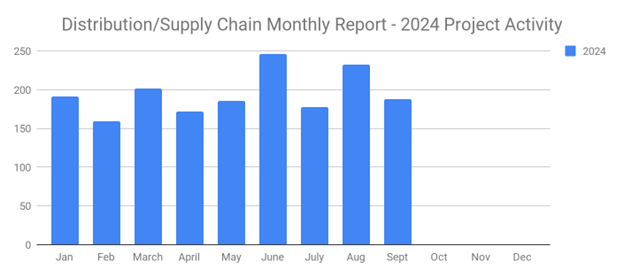
A Comprehensive Overview of 188 New Distribution and Supply Chain Projects for September 2024
-
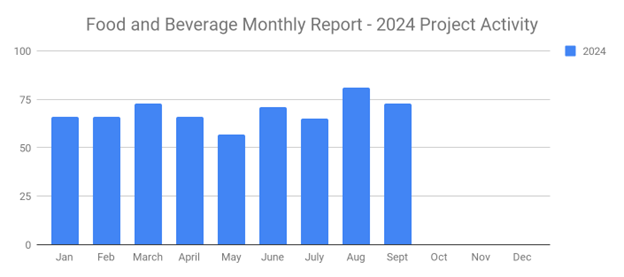
73 Fresh Food and Beverage Projects in September 2024: Industry Growth and Opportunity
-
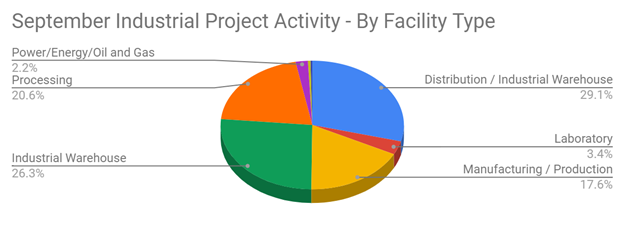
September 2024 Latest Trends in Industrial Project Activity for Construction Projects
-
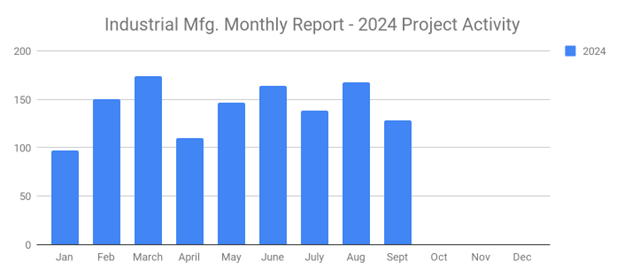
128 Promising Industrial Projects on the Horizon for September 2024
